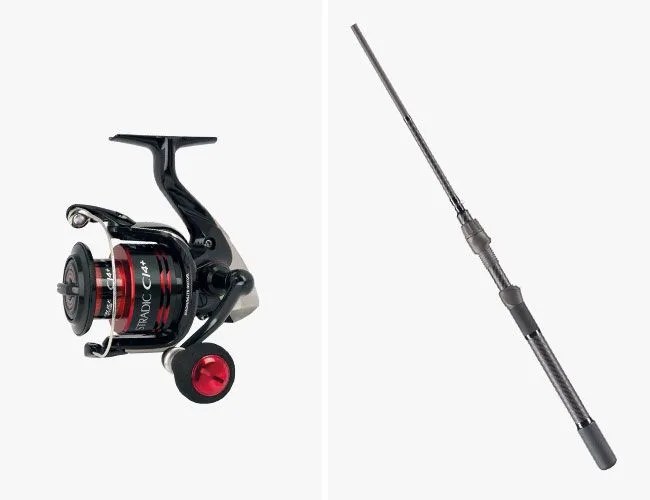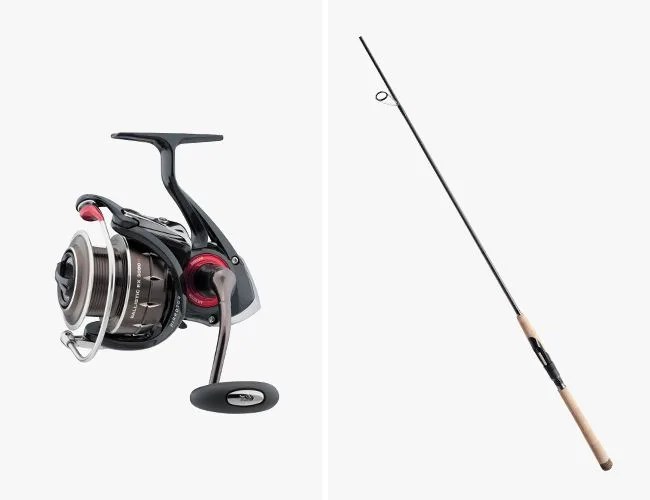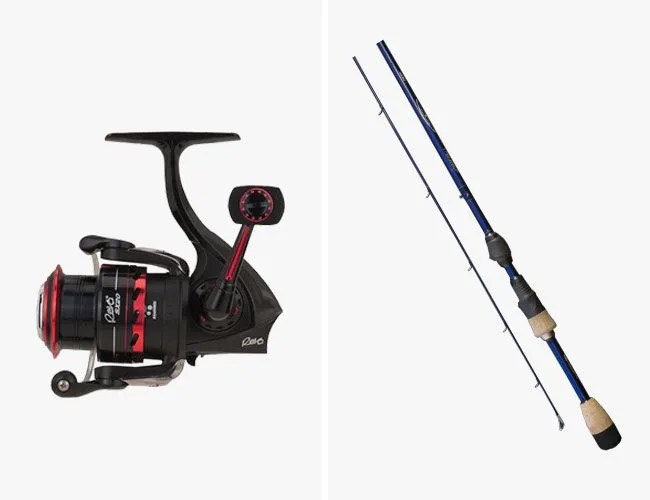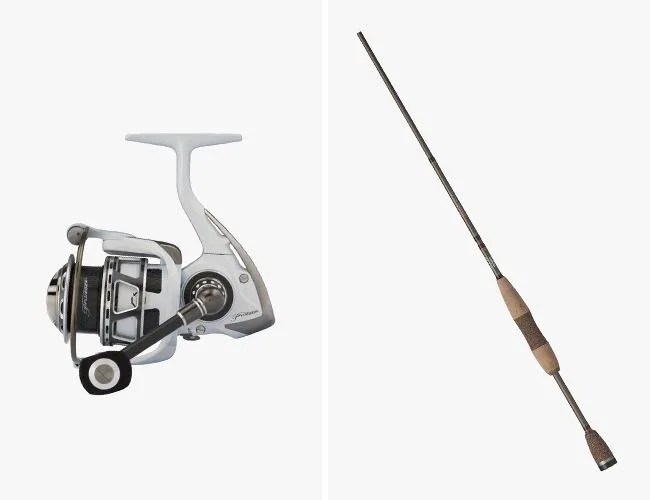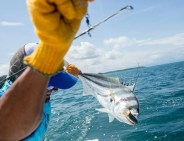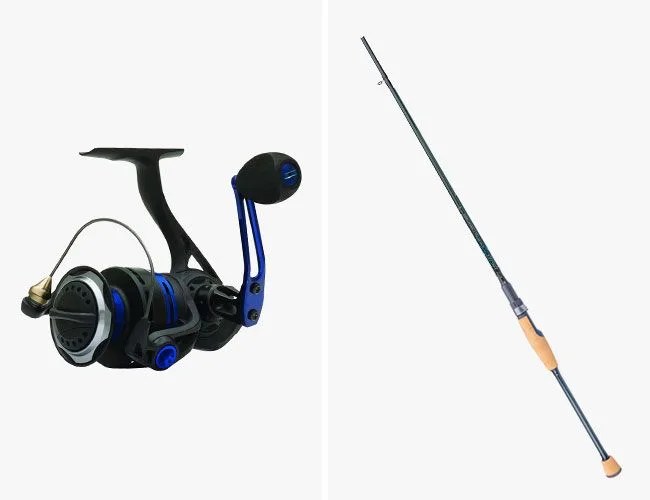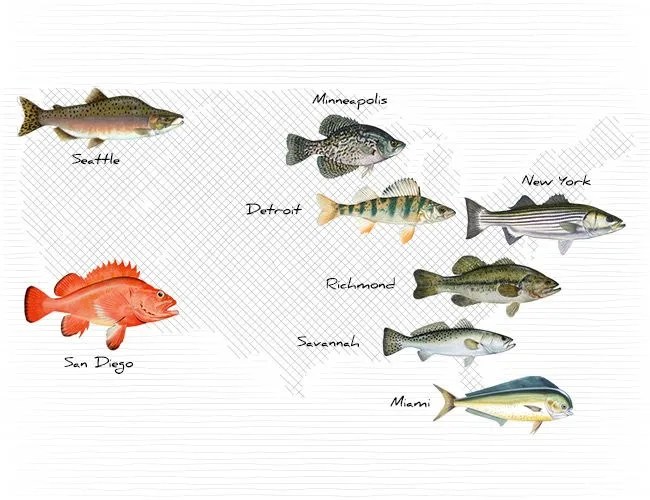I was 12 when I went on the first and last successful fishing trip of my childhood. That summer, my father’s secretary Melody and her husband Ed took us all trolling for salmon on Lake Michigan. Ed, who had a lovely 30-foot inboard Sea Ray Bowrider with Walker downriggers, knew a thing or two, and had rigged four rods with colorful plastic lures. A few miles offshore, the rods started popping off, and when Ed handed one to me, an alien joy began to boil behind my sternum. We hauled in the salmon conveyor-style, the four of us reeling and unhooking and high-fiving and wiping our hands on our shorts while Ed re-rigged, then grabbing another rod with a salmon on it and starting the dance all over again, until our hands were throbbing and our clothes filthy with fish slime. I honestly don’t think my mother believed that the salmon steaks we brought home were from the wild and not the supermarket.
I considered the fiberglass Shimano trolling rods and Okuma workhorse reels we used that day to be hallowed objects, and assumed Ed and Melody had staked their 401(k)s on their purchase. They were inelegant but devastating, as light as salad forks and about nine feet long. In reality, each setup had probably cost him, back then, something like $100.
There’s a wonderful simplicity to fishing that’s often unrelated to price-point. I’ve caught some lunkers on a Shakespeare Ugly Stick I bought when I was rediscovering fishing in my twenties, a rod that has the tact and dexterity of a lead pipe. But I would’ve caught far more fish, and far bigger fish, not to mention avoided entire lifetimes of heart-wrenching misses, had I ponied up for the rod and reel that I really wanted the next aisle over. This is hard to qualify, but on the water, moment to moment, you’re haunted by variability, by wind and fatigue and rain and hangover-ness and a bad engine and bilge and frayed anchor rope and yesterday’s skunking and by the whole bloody impossibility facing you. What you want from a rod and reel is no less than a covenant: gear that’s unassailable, singular, true.
You don’t need a big-ticket rig to catch fish. But you ought to have one. Not just because it’ll raise the triumph-to-failure ratio dramatically in your favor and measure up to one less distraction from catching fish. But because in the realm of money, it’s not that expensive; and, in the realm of mental health, it’s your portal to a saner, quieter day of riverside evergreens and twittering jays, a place where you also catch way more fish than ever before. Here are six of the best rod-and-reel combos available today, plus a guide to the destinations where you should cast them.
3 Things to Know
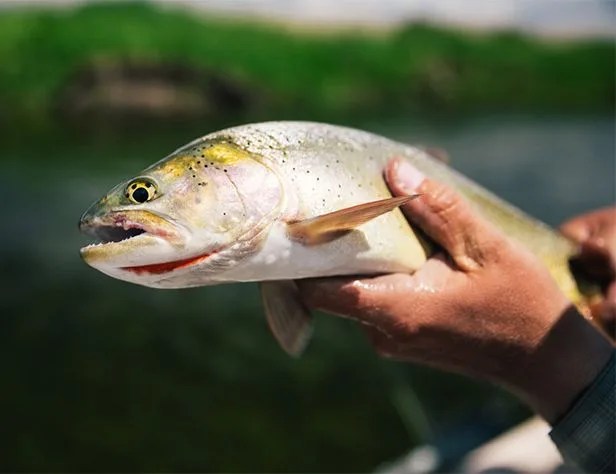
Action: Describes how much the rod bends while you’re fighting a fish. Basically, the faster the action, the stiffer the rod and the greater the sensitivity in the tip. Bass rods tend to be fast to very fast action for more reactivity and more power for big hook sets. Medium- to slow-action rods are generally less sensitive, provide more casting distance, and work well with lures (crankbaits, jerkbaits, spinnerbaits) and species (walleye, muskie) that require slightly less reaction time but allow longer casts to boat-shy fish.

